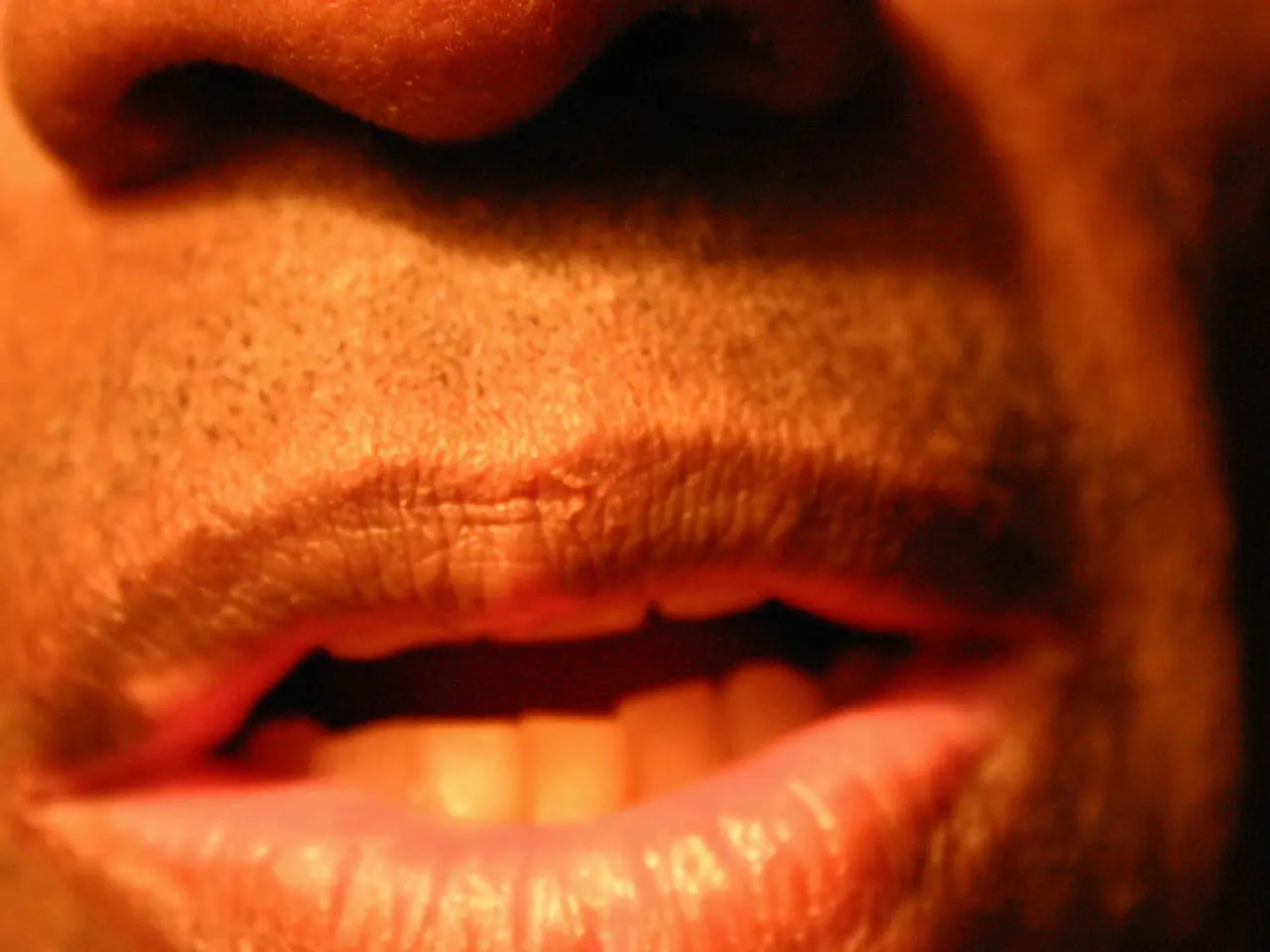Unraveling the Functionality of the Human Blockhead
In the world of magic, few tricks captivate audiences quite like the Human Blockhead act. This daring performance, in which a performer appears to hammer a nail into their nasal cavity, has been a staple of magic shows for decades. But what makes this trick possible, and how does it work without causing harm?
The Human Blockhead trick relies on a combination of anatomical and physiological knowledge. The external portion of the nose is mostly cartilage and connective tissue, covered with skin. This skin-covered framework opens into the nasal passages, which are lined with mucous membranes and extend backward and slightly upward to the nasopharynx, the upper part of the throat located behind the nose.
The pathway is wide enough to allow blunt objects to be inserted deeply without causing damage if inserted along the floor of the nasal passage. However, it's crucial to note that the brain is protected from such insertions by the cribriform plate of the ethmoid bone, a thin but solid bony structure.
The trick's success hinges on the performer's ability to guide the nail into the nasal cavity without causing injury. They must learn to angle the nail and lift the tip of the nose to minimise discomfort and risk. The nail used in the act is typically blunted and smooth, further reducing the risk of injury.
Despite the illusion of the nail penetrating the skull or brain, it follows the nasal cavity's path without threatening sensitive areas. This is due to the sensitive but not overly robust nature of the nasal cavity, which is not designed to withstand sharp objects.
However, there are potential risks associated with the Human Blockhead act. Ignoring the sneeze reflex, a reflexive act that occurs when something irritates the nasal passageways, could lead to illnesses, particularly sinus and throat infections. Sneezing during the act could be very dangerous, as the sudden movement of the head could cause sharp objects to scrape against the interior of the nasal passage.
The Human Blockhead act requires a person to place a foreign object in very close proximity to their sinuses and throat, increasing the risk of illness. It's also worth noting that the human skull is composed of 22 bones, some of which are fused together at sutures. If not performed correctly, the act could potentially lead to physical hazards, which have the potential to damage the tissues inside the nose and nasal cavity.
The Human Blockhead trick was invented by Melvin Burkhart, and while it may seem intimidating, it's a testament to the fascinating intricacies of human anatomy that such a trick is possible. However, for the safety of the performers and the audience, it's essential to remember that this trick should only be performed by trained professionals in a controlled environment.
The Human Blockhead trick showcases the fascinating intersection of science and health-and-wellness, demonstrating a profound understanding of the human anatomy and physiology. However, due to the potential risks of illness and injury, it's crucial that this trick is only performed by trained professionals in a controlled environment.
By learning the intricate workings of the nasal cavity and minimizing discomfort and risk through proper technique, the performer of the Human Blockhead act utilizes both scientific and health-and-wellness knowledge.




